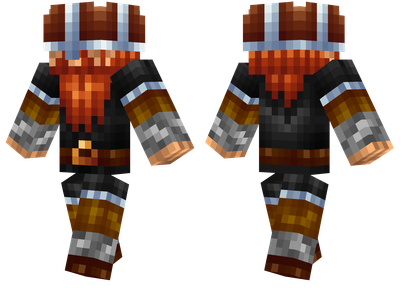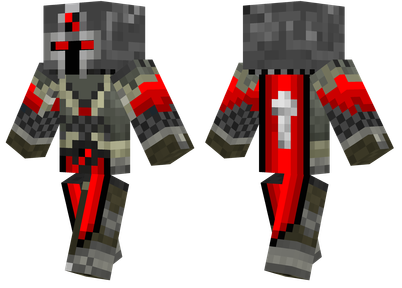This tutorial is set by the author's setting without permission.
Security terminal?Isn't it the thing that you have to add a three -processor card to bind the wireless terminal? This thing is useless and expensive to die.
Is the security terminal really useless?Yes, not.In the hands of ordinary players, it is like a cumbersome. The teammates have done a security terminal and have not given their permissions as much as they are out of the house.In the hands of high -end players, it can develop interesting uses (such as: well -character chess), which also has an irreplaceable effect on high -end automation (such as delayed synthesis).
Safety terminal mechanism
Three data stored in the underlying layer of AE network implementation
P represents the crew, the number starting from 0.(There will be a comparison table in the archive file. The number here is used to save space)
G represents the network, and the G of all devices in the same network is equal.
K represents SecurityKey, which is initially -1, which is assigned by the security terminal.This is the key to constitute a security network.
When a network component is placed independently, a new G will be created. If the two networks are merged, G update is the one with more components. If the number of components is consistent, the one with a larger G.
The G and K of all components in a network are equal.
Network authority
The person who is binding when the security terminal is placed, which is equivalent to the highest permissions card of the safe terminal with the place where the placedor.After the security terminal is placed, the K value of the entire network will be updated as its own securityKey, that is, the entire network is marked.If multiple security terminals are placed, the K value becomes -1, and the security terminal is lost.
Players without this network permissions can see the items in the terminal, but they cannot operate.It is also impossible to build the network (can be demolished, so the security terminal looks so ribly under multiplayer games.)
We assume the following scene: a network armor placed by a player A, a network B placed by a player B.Player A has no relevant permissions of network B, player B has the relevant authority of network A, and player C has the relevant permissions of network B.Network A and the interface of the interface through the storage bus of the network B.
Case 1: Player B operates network B through network A; players cannot see the items of network B.
Situation 2: Player A operates network B through network A; players cannot see the items of network B.
Situation 3: Player C operates network B through network A; players cannot see the items of network B.
Situation 4: Player B operates network A through the network B; player B can operate network armor normally.
Situation 5: Player A operates network A through the network B; player A cannot operate network armor normally.
Situation 6: Player C operates network A through the network B; player C can operate network armor normally.
It can be seen from the above scene: If a network -bound player does not have the permissions of the target network, it cannot display the items of the target network. If there is the permissions of the target network, it depends on whether the operator has the authority of the target network, and the operation.Whether people have the authority of this network have nothing to do.
When automatic synthesis, the relevant operations are performed as a player bound to the network.It is worth noting that the ME interface can still be input and output without permissions, but the storage bus cannot access the storage of the target network through the interface.
The above is MC 1.7.10, AE RV3-BETA-6 version of the security network related test report.














